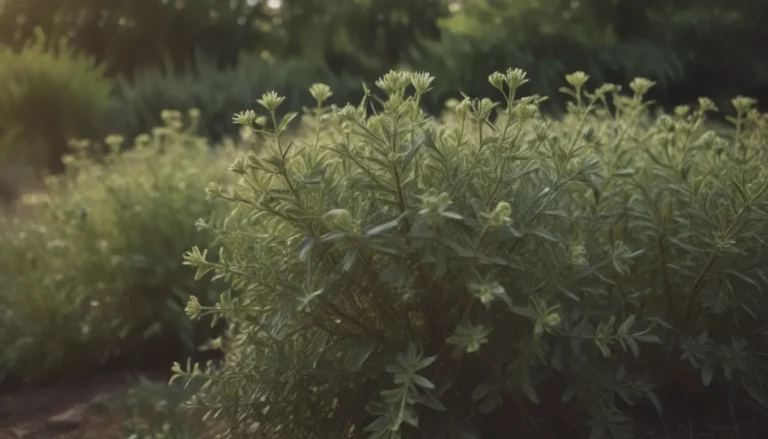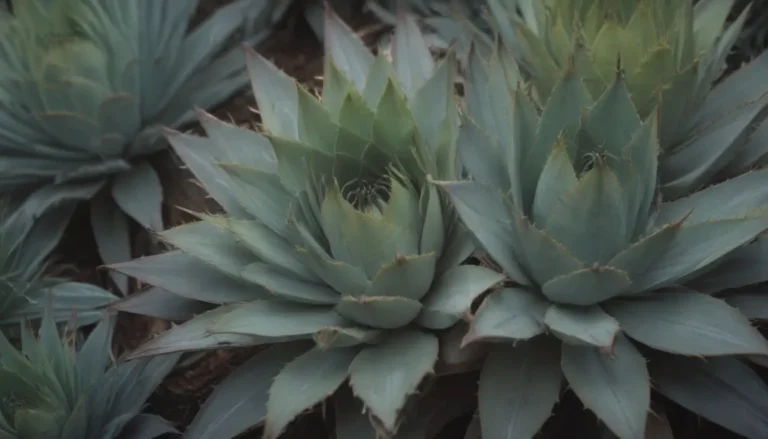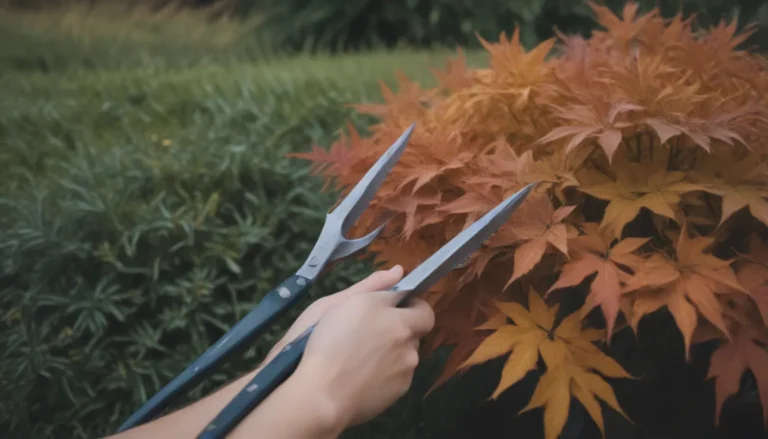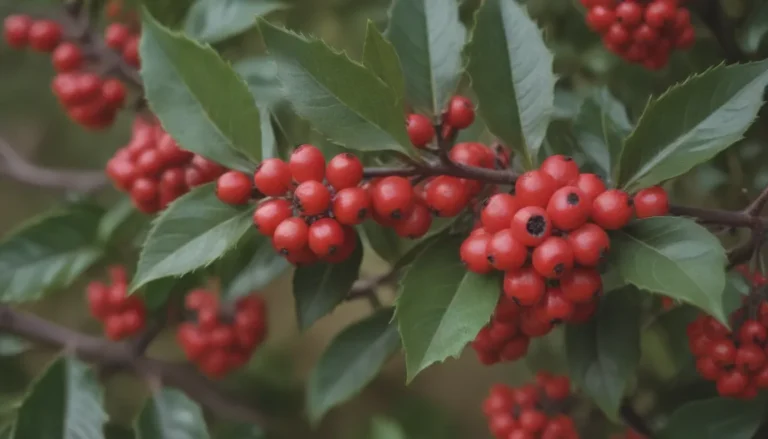Uncovering the Truth About Chinese Wisteria: How to Identify, Remove, and Prevent Its Spread
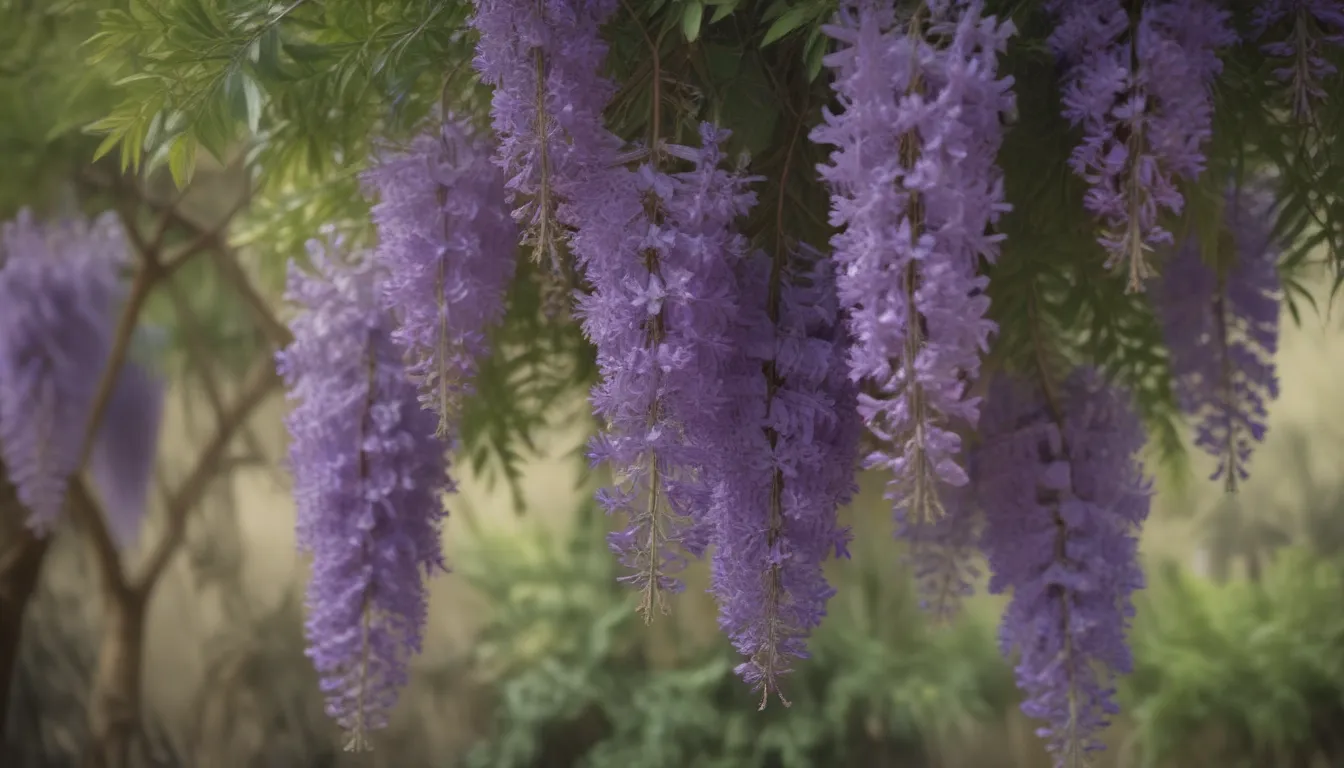
Chinese wisteria, a perennial vine known for its stunning blooms, is a plant with a dark side. Originating from China, this invasive species has wreaked havoc across the United States since its introduction in the 1800s. With its aggressive growth habit and toxic nature to humans and pets, Chinese wisteria poses a significant threat to native plants and ecosystems.
In this comprehensive guide, we will delve into the world of Chinese wisteria, exploring its invasiveness, appearance, removal methods, and how to differentiate it from its less harmful counterparts. By the end of this article, you will have the knowledge and tools necessary to identify, remove, and prevent the spread of Chinese wisteria in your environment.
The Invasiveness of Chinese Wisteria
Chinese wisteria has been identified as invasive in at least 19 states, spanning from Massachusetts to Texas. Its aggressive growth habits allow it to overtake other vegetation, forming thickets that deprive neighboring plants of light and nutrients. The vine’s ability to twine around tree trunks, reaching heights of 25 feet or more, can ultimately lead to the death of host trees through girdling and crushing.
This invasive plant spreads through both rooting at each node and above-ground stems known as stolons. While its large seed pods are not dispersed by wildlife, they can travel long distances through waterways in riparian areas. Additionally, even severe pruning may not be enough to stop the vigorous growth of an established Chinese wisteria plant, making it a challenging foe to eradicate.
What Does Chinese Wisteria Look Like?
Identifying Chinese wisteria is crucial for effective removal and prevention strategies. This deciduous woody vine features smooth gray-brown stems covered in fine white hairs. Its distinctive counterclockwise twisting growth pattern and vibrant lavender to purple flowers make it a standout plant in the landscape.
The large flower racemes of Chinese wisteria bloom in April or May before the leaves emerge, creating a spectacular display of color. Following flowering, the vine produces brown velvety seed pods resembling beans, which persist on the plant through fall and winter. Recognizing these key characteristics will help you differentiate Chinese wisteria from other similar species.
How to Get Rid of Chinese Wisteria
Removing Chinese wisteria requires a combination of mechanical and chemical methods to effectively control its spread. While eradication may require repeated treatments and persistence, employing the following strategies can help manage this invasive plant:
Mechanical Method
- Cut the vine at ground level early in the growing season and continue to remove new shoots.
- Dig up the roots whenever possible to prevent regrowth.
Chemical Method
- Apply a systemic herbicide, such as glyphosate, to the cut stems of large vines during active growth periods.
- Use a foliar application of herbicide on regrowth while avoiding contact with surrounding vegetation.
By utilizing a combination of mechanical and chemical methods tailored to your specific situation, you can effectively combat the spread of Chinese wisteria in your landscape.
How to Differentiate Chinese Wisteria From American Wisteria
Distinguishing between Chinese wisteria and its native counterpart, American wisteria, is essential for planting decisions and invasive species control. Some key differences include the growth habit, flowering characteristics, and fragrance of the two species. American wisteria tends to have a less aggressive growth pattern and matures sooner than Chinese wisteria.
While both Chinese and Japanese wisteria are invasive species, American wisteria is a safer alternative for landscaping purposes. If you choose to cultivate wisteria in your garden, consider opting for American wisteria or Kentucky wisteria to prevent the spread of invasive plants.
Growing Chinese Wisteria Indoors
For those interested in cultivating Chinese wisteria as a houseplant, it is possible to enjoy the beauty of this vine on a smaller scale. Grown as a miniature tree or bonsai plant, Chinese wisteria requires regular pruning and repotting to maintain its desired shape. With ample sunlight, frequent watering, and protection from drafts, this delicate plant can thrive indoors.
Chinese wisteria’s fragrant flowers, reminiscent of grapes, make it a popular choice for indoor gardening enthusiasts. By providing the necessary care and support, such as a trellis for upward growth, you can enjoy the beauty of Chinese wisteria in a controlled environment.
In conclusion, Chinese wisteria is a captivating yet invasive plant that requires careful management to prevent its spread and protect native ecosystems. By familiarizing yourself with its characteristics, removal methods, and alternative planting options, you can effectively combat the presence of Chinese wisteria in your surroundings. Remember to stay vigilant and proactive in your efforts to control this invasive species for the health of your landscape and the environment as a whole.
For more information on toxic plants and invasive species, consult resources such as the University of California, ASPCA, Center for Invasive Species and Ecosystem Health, Institute of Food & Agricultural Sciences, and the Forest Service of the U.S. Department of Agriculture.
By following these steps and guidelines, you can effectively identify and remove Chinese wisteria from your property. Remember, it’s crucial to stay diligent and persistent in your efforts to eradicate this invasive plant. With the right approach, you can reclaim your landscape from the grasp of Chinese wisteria and restore balance to your ecosystem.
